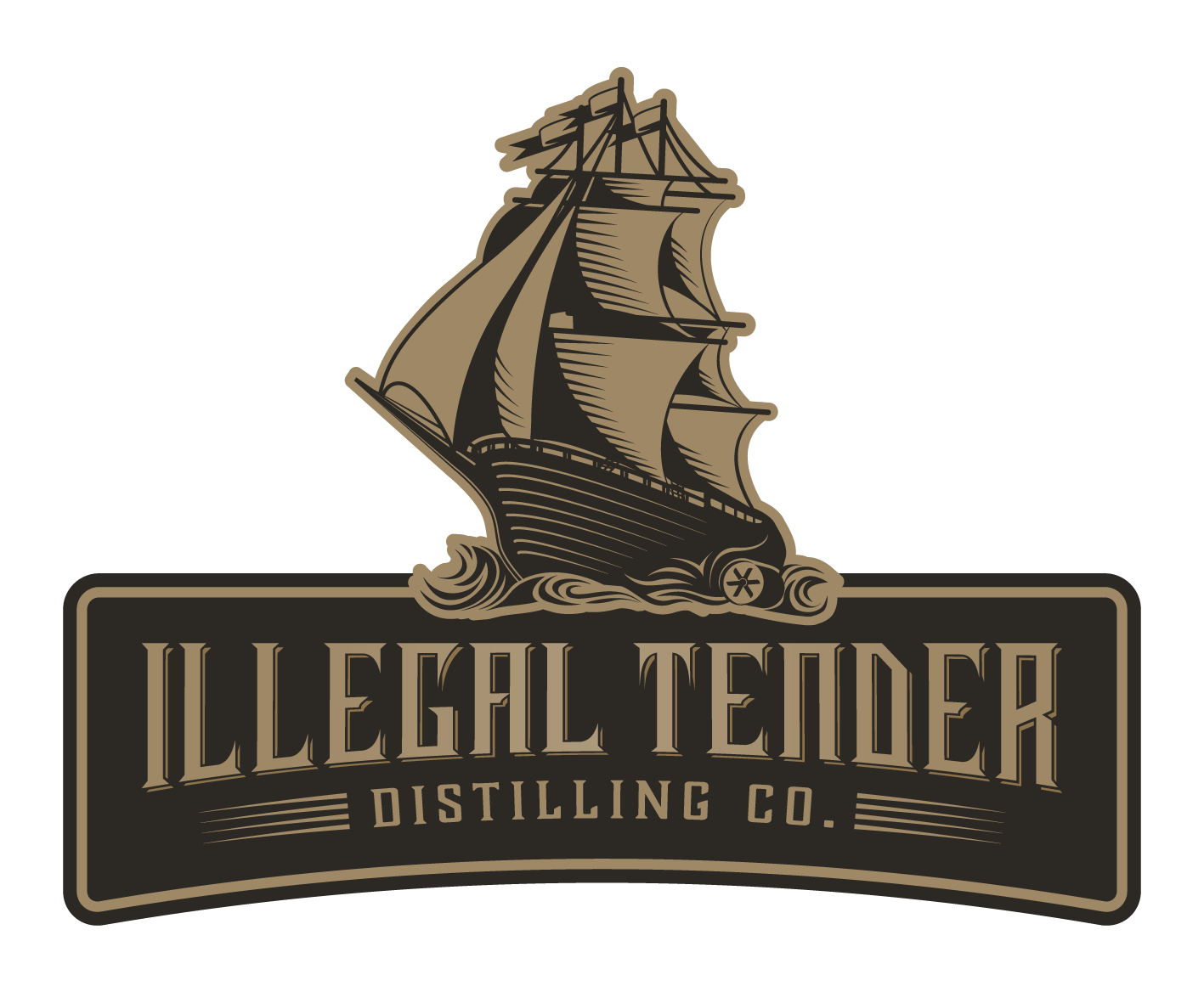No two processes are more central to producing alcoholic beverages than brewing and distilling. These two techniques are essential for making rum, beer, gin and nearly every other kind of alcohol. Brewing and distilling can get confused, but the two aren’t the same: choosing between them can mean the difference between a refreshing beer and a fiery whiskey. To help you understand why, we’ve put together a guide explaining and comparing brewing and distilling.
Brewing basics
Brewing, often done by brewers in breweries, is the process that makes beer. The ingredients to start brewing are hops, yeast, starch, water and a desire to make the best beer the world has ever seen. Fermentation, in which yeast breaks down starch and hops into alcohol and carbon dioxide, is the core process in brewing. Brewers are trying to create a feast for their yeast and receive beer as a reward.
How brewing works
Brewers start with grains, usually barley. The grains are then malted: soaking and draining them to allow their starches to convert into sugars. After this, the malted grains are soaked again and heated to encourage the development of sugars. We then need to filter the mixture to remove any unwanted solids. This filtration greatly reduces alcohol content, leaving beer a whole lot less potent than distilled spirits. After another boil, yeast is added and fermentation can finally begin. Beer then starts to make itself! Breweries may opt for one last step, bottling. Bottling fermenting beer with a little sugar develops flavour and gives beers a summery fizz.
Distilling basics
Distilling, like brewing, is all about the yeast. However, unlike brewing, distilling produces alcoholic beverages with higher alcohol content. This goal requires a different approach. You might think the yeast could just be left to eat more and more sugar until you reach alcohol levels beyond what you’d expect in beer. It’s not quite that simple. The yeast eventually eats all the sugar it can and produces so much alcohol that the environment becomes unsuitable for more fermentation. Now the distillers come in!
How distilling works
Distilling begins after yeast produces all the alcohol it can. After fermenting your base ingredient, you heat the mixture and let the alcohol start to evaporate and separate from the water. There’s a lot of skill in this step, as distillers have to ensure they include the right amount of sweet-tasting, aromatic alcohols and exclude stronger byproducts, which if left create vicious headaches. Once the correct balance of alcohol is isolated, the distiller cools the evaporated mixture, condensing it back into a drinkable and (hopefully) delicious liquid. This process can be repeated to remove even more unwanted elements, which is why some of the best spirits are re-distilled to refine their flavour and qualities.
Many spirits are left to age after distilling, typically in oak barrels. Now you can add flavourings and aromatics, leaving the infant spirit to grow rich and complex. Rum and whiskey producers might add wood chips to bring out smokey, earthy flavours in the final product. Gin makers take distilled spirits and add botanicals, most famously juniper berries, to finish their work.
Similarities and differences
As these overviews show, there’s a lot of overlap between brewing and distilling. Fermentation is central to both processes: alcohol always comes from yeast. Both rely on the amazing tastes of natural sugars to form the base of final flavours, and both give scope to the producer to add finishing touches in taste and texture. Most importantly, brewers and distillers can be satisfied that their work results in brilliant booze.
However, there are also differences between the processes. One way of looking at it is to see distilling as going a step further. While brewers focus on naturally-occurring reactions to produce lower-alcohol beer, distillers bring in some chemistry to create stronger beverages.
Doing it yourself
If you’re considering picking up a new skill, why not give brewing or distilling a try? Home-brewing has become much more popular over the last few years, particularly as a lockdown activity during the Covid-19 pandemic. This means there’s never been a wider range of equipment or a deeper pool of support and guidance to help you get started on your homebrewing journey. Home distilling is also seeing a resurgence because it’s easier to remove impurities in smaller batches.
How is beer made? How is rum made? One great way to get inspired or learn more about brewing and distilling is to visit a producer and watch the magic happen. Touring a brewery or distillery lets you see experts at work and observe the care and dedication that goes into making fine alcohol. If you’re lucky, you might even get to try a few samples!


